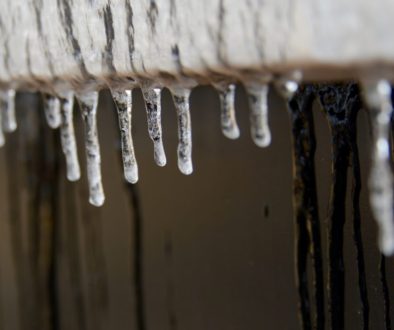Week 19: Hope for the Wild
A couple of years ago, Ben and I discovered our zoo has lecture series. We attended one about the Magellanic Penguins given by the zookeeper for the seals, sea lions, and penguins. Ben is an animal and animal science fanatic with a special affinity for penguins, so we really enjoyed doing this together. Last year, we attended a lecture by Susie Louis whose team is working through the Henry Doorly Zoo to help with reforestation in Madagascar to save the lemurs. It was a fascinating talk about how they had to begin with re-education by teaching the adults to cook differently, plant seeds, and change their farming practices and involving themselves in school programs with the kids to learn to keep their traditions while learning a love for the endemic species so we don’t lose them. The programs they are doing are integrative in their society and integral to species survival.
https://www.omaha.com/living/zoo/henry-doorly-zoo-team-plays-key-role-in-restoring-lemur/article_277ee0a4-3506-5c2f-afd4-533b01723017.html
This year, Ben and I signed up for the whole series. The first of these lectures was about pollinators and specifically caterpillars and birds. We all know by now that bees and butterflies are essential to our food supply chain. There is a large distribution of information about how to ensure their future. The pollination they affect makes our food grow. Caterpillars and birds are the same and this series gave us information on how to ensure a future for them. Most of the information was plant based. It seems native plantings have become less prevalent in the US. As the world gets smaller (metaphorically,) it is easier to get species of plants and trees from all over the world. However, this invasion of new plant species is not allowing native life cycles to occur. Our pollinators weren’t built for these varieties. 85% of land east of the Mississippi is privately owned. Therefore, if we are going to make life sustainable for ourselves and these pollinators, we need to begin adding native plantings to our own yards. Dr. Tallamy suggested a number of trees, bushes, and flowers native to our area. The most effective plantings include trees with groundcover beneath them so that when cocoons fall from the branches, as they often do, they will have a safe and nutritive place to land. He also suggested adding motion sensors to outdoor lights, because they kill moths when they stay on, also pointing out that they may be safer against intruders. List of specific plant species with which we can landscape to help these efforts can be found at:
https://www.audubon.org/plantsforbirds
https://www.nwf.org/NativePlantFinder/Plants
I have not yet walked away from one of these lectures without being inspired to act in some way. This one was no exception. The talks are called “Hope for the Wild” and tickets can be found at:
https://www.blankparkzoo.com/events/conservation-speaker-series/


